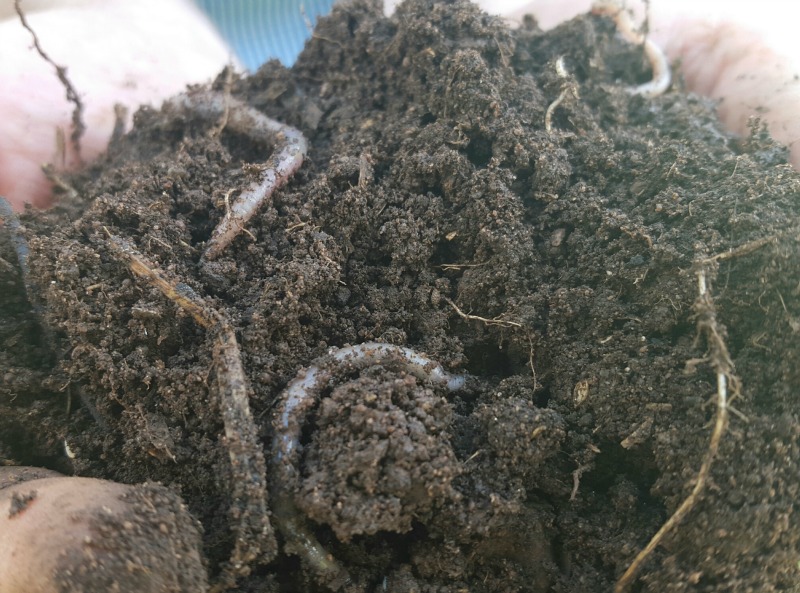Sheila Cooke
Member
Farmer Roy, it's interesting to hear you talk of your experience with native grasses coming back. I am often asked about reseeding, and I asked Allan Savory what he thought about it. Here is a synopsis of what he said:if I was to go down that route, I doubt if id plant any ' grass ' as such. Money would be very tight, so I'd be letting nature do most of the work. No point planting anything ( or buying any stock ) without moisture, but when it comes I would plant something cheap & bulky, say oats ( cool season, or maybe sorghum / millet warm season ), just to get some groundcover, some bulk, some feed & to kickstart the biology, then I'd just use hooves mouths & electric wire to do the rest. If you walk away from this country & do nothing, the native grasses come back & tend to dominate again in 10 - 15 years - once all the succession & pioneer species ( weeds ) have done their thing. That can be sped up by careful grazing management. Oats are a very good plant here & could potentially be direct drilled into pastures if needed to temporarily bulk them up, or potentially introduce a few relatively cheap hard seeded legume plants such as vetch, clover etc or even annual summer legumes like cow peas
Tropical grasses are very popular here but very expensive & establishment can be very difficult if you don't get favourable damp weather conditions after planting. I have seen many people put a lot of money into grass / pasture seeds without any guarantee of success
Unless you are short of time for some reason, there are almost no circumstances under which you need to reseed for grassland, because there is so much seed in the soil already. We don't really understand seed. I once worked with a farmer in the desert in New Mexico, and after three years of holistic management they had 19 species without planting anything. When a new island forms in the middle of the ocean within a few years plants are growing on it. When they bring up ships from the bottom of the ocean which have been sunk 200 years, and dry them out, plants grow between the planks in no time. All you have to do is use the livestock to create the conditions for grass and you'll get it, because the seed already exists in the soil.








